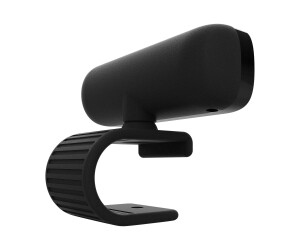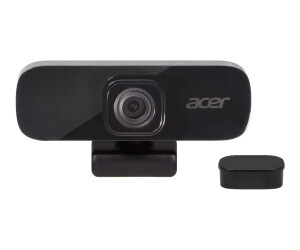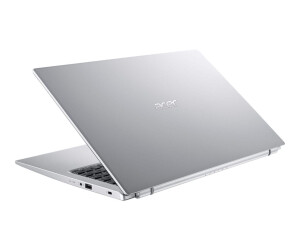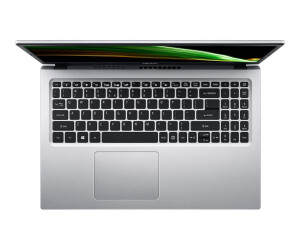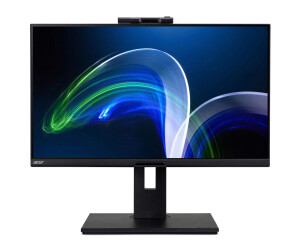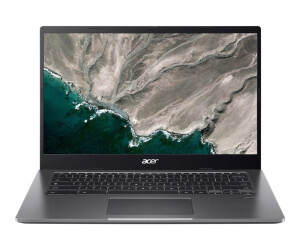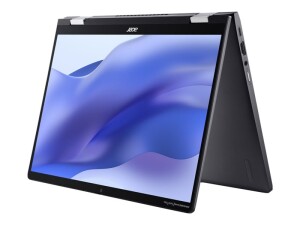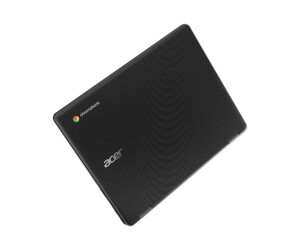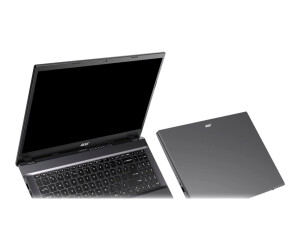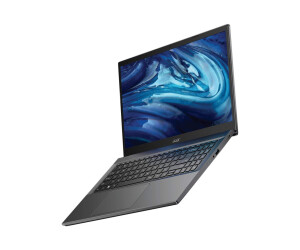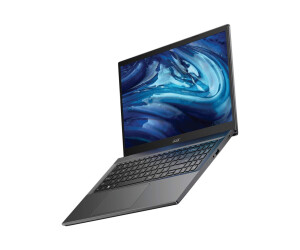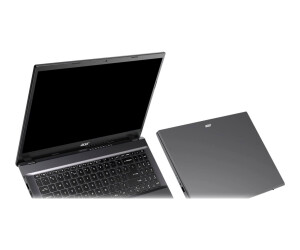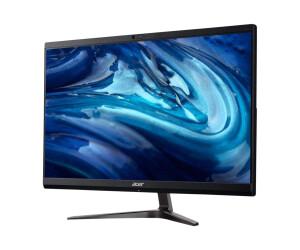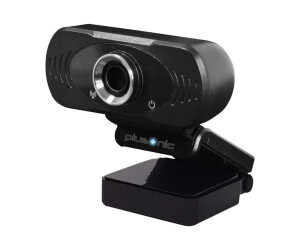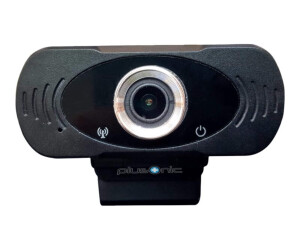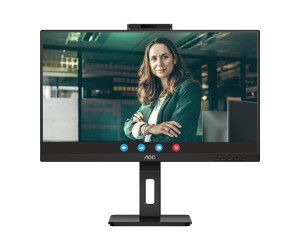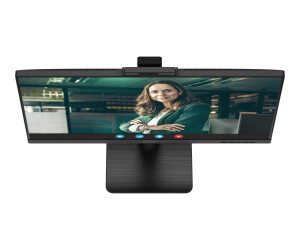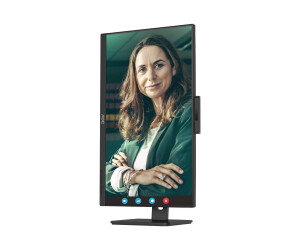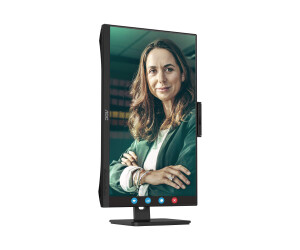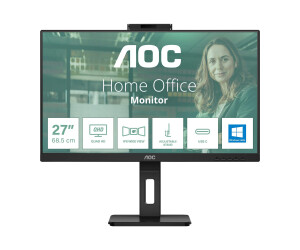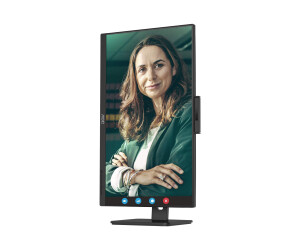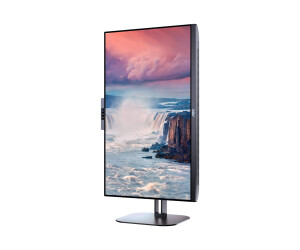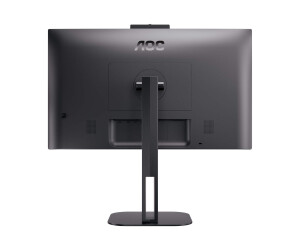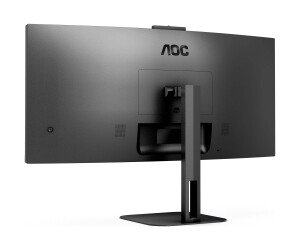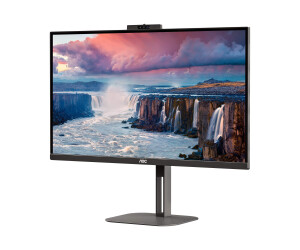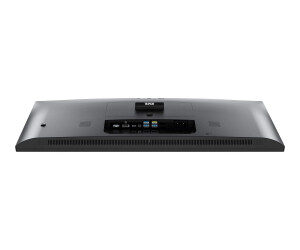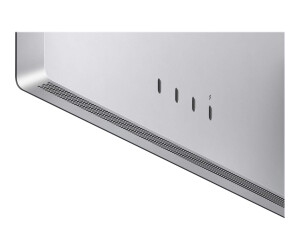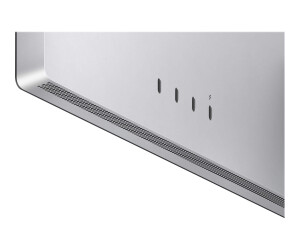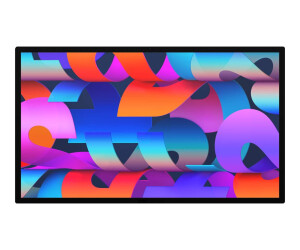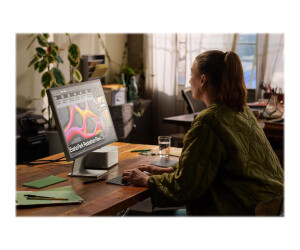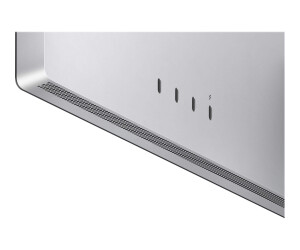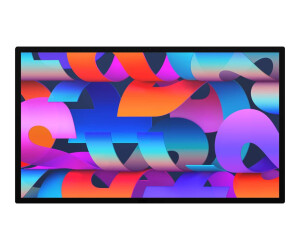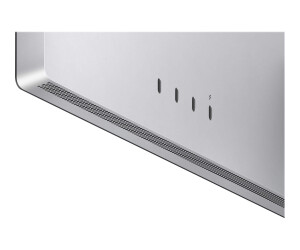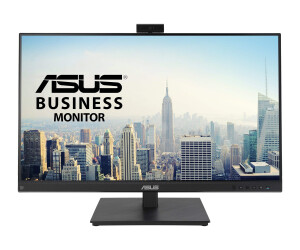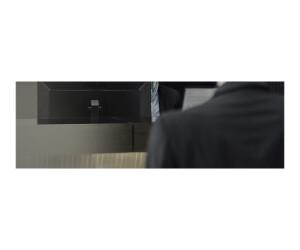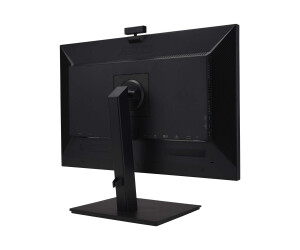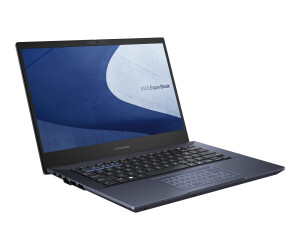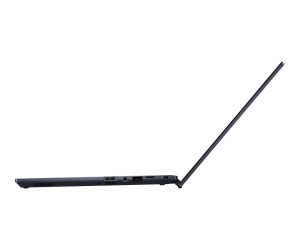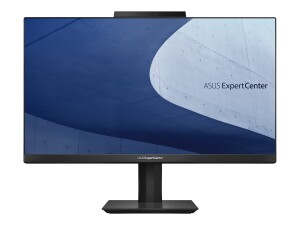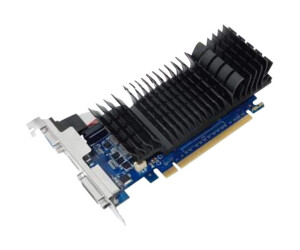Webcam
Webcam
A webcam, also known as a web camera or camera for the World Wide Web, is a versatile electronic device capable of capturing video footage of its surroundings and transmitting it in real-time over the Internet. It is an integral component of modern communication technologies and finds applications in various fields.
The basic functionality of a webcam relies on an optical sensor, often a CMOS or CCD chip, capable of converting light into electrical signals. This sensor captures the image in its environment and converts it into digital data. This data is then transmitted to a computer or another device via an interface such as USB or Wi-Fi, which can process the images.
Webcams are available in a wide range of shapes and sizes. They range from compact models integrated into laptops to external devices that can be attached to computer screens, tripods, or other surfaces. Some models are also capable of panning and tilting, allowing for adjustment of the capture angle.
The resolution of a webcam is a crucial factor for image quality. It is measured in pixels and determines the clarity and level of detail in the captured images. Modern webcams often offer HD (High Definition) or even 4K resolutions, enabling sharp and detailed images.
Another important feature of webcams is the frame rate or refresh rate. It indicates how many frames per second can be captured and transmitted. A higher frame rate results in smoother motion on the screen and is particularly important for applications like video calls or live streaming.
In addition to video capture, many webcams also offer additional features such as built-in microphones for recording audio, autofocus for adjusting focus, and various types of image filters or effects for creative applications.
The applications of webcams are extremely diverse. They are commonly used for video calls and conferences in business environments to facilitate communication between employees and business partners. Furthermore, they are used in educational institutions for distance learning and in medical settings for telemedicine.
Webcams are also an essential component of security systems. They enable real-time monitoring of rooms and buildings, both for private households and commercial purposes. Additionally, they are used in the entertainment industry to enable live streaming, vlogging, and content creation for platforms like YouTube and Twitch.
The continuous evolution of webcam technology has led to a remarkable improvement in image quality in recent years. Modern webcams are capable of delivering razor-sharp, high-resolution images that can capture even the finest details with astonishing clarity. This is particularly important in areas like video conferencing technology, where clear communication and visual presentations are of great importance.
Another crucial advancement lies in the integration of advanced features such as facial recognition and automatic exposure adjustment. These technologies allow the webcam to automatically adapt to different lighting conditions, which is highly advantageous in various environments. For example, a webcam in a well-lit conference room can adjust exposure automatically to ensure that faces are clearly and distinctly visible.
The audio component of modern webcams has also significantly improved. High-quality microphones with noise-cancellation features ensure clear and understandable sound, even in noisy environments. This is crucial for successful video calls and conferences where clear communication is paramount.
One aspect that has not been neglected in the development of webcams is the privacy and security of users. Many modern webcams are equipped with physical shutter mechanisms that cover the lens when not in use to prevent unwanted recordings. Additionally, some models have advanced encryption and security features to ensure that data transmission is protected.
The integration of Artificial Intelligence (AI) in webcams has also opened up new possibilities. Facial tracking, gesture control, and even real-time translations are just some of the innovative features enabled by the use of AI in webcams.
Webcams are increasingly being found in conjunction with VR (Virtual Reality) and AR (Augmented Reality) applications. They serve as the interface between the real world and the digital environment, enabling impressive immersive experiences.
The continuous evolution of webcam technology has led to a remarkable improvement in image quality. Modern webcams are capable of delivering razor-sharp, high-resolution images that can capture even the finest details with astonishing clarity. This is particularly important in areas like video conferencing technology, where clear communication and visual presentations are of paramount importance.
Another crucial advancement lies in the integration of advanced features such as facial recognition and automatic exposure adjustment. These technologies allow the webcam to automatically adapt to different lighting conditions, which is highly advantageous in various environments. For example, a webcam in a well-lit conference room can adjust exposure automatically to ensure that faces are clearly and distinctly visible.
The audio component of modern webcams has also significantly improved. High-quality microphones with noise-cancellation features ensure clear and understandable sound, even in noisy environments. This is crucial for successful video calls and conferences where clear communication is paramount.
One aspect that has not been neglected in the development of webcams is the privacy and security of users. Many modern webcams are equipped with physical shutter mechanisms that cover the lens when not in use to prevent unwanted recordings. Additionally, some models have advanced encryption and security features to ensure that data transmission is protected.
The integration of Artificial Intelligence (AI) in webcams has also opened up new possibilities. Facial tracking, gesture control, and even real-time translations are just some of the innovative features enabled by the use of AI in webcams.
Webcams are increasingly being found in conjunction with VR (Virtual Reality) and AR (Augmented Reality) applications. They serve as the interface between the real world and the digital environment, enabling impressive immersive experiences.
Advantages of Webcams:Communication and Collaboration:
- Webcams enable visual communication in real-time, which is crucial, especially in business environments.
- They facilitate collaboration among team members, regardless of their location.
Distance Learning and Training:
- In educational institutions, webcams enable effective distance learning and interactive training.
Telemedicine and Healthcare:
- Doctors can remotely monitor patients and conduct telemedical consultations using webcams.
Security and Surveillance:
- Webcams are an integral component of security systems to monitor rooms and buildings in real-time.
Entertainment and Content Creation:
- In the entertainment industry, webcams enable live streaming, vlogging, and content production for platforms like YouTube and Twitch.
Technological Advancements:
- Modern webcams offer high resolutions, frame rates, and features like facial recognition through advanced technology.
Applications in VR and AR:
- Webcams serve as the interface between the real and digital world, enabling impressive immersive experiences.
Improved Audio Quality:
- Modern webcams feature high-quality microphones with noise cancellation, enabling clear communication in various environments.
Security and Privacy:
- Some models are equipped with physical shutter mechanisms to protect users' privacy.
- Advanced encryption and security features ensure the protection of transmitted data.
Privacy Concerns:
- Webcams can be viewed as potential security vulnerabilities, as they can, in rare cases, be hacked and activated unnoticed.
Dependency on Internet and Technology:
- Using webcams requires a stable internet connection and functioning technology, which may not always be available in some regions or situations.
Limitations in Low Light Conditions:
- In environments with inadequate lighting, image quality may be affected, although many webcams have automatic adjustments.
Limited Field of View:
- While some models are pan-tilt capable, webcams may still have limitations in covering larger spaces.
Cost Factor for High-End Models:
- Advanced webcams with high-end features can be relatively expensive, which may be a barrier for certain user groups.
Power Consumption:
- Webcams require power, which should be considered especially for longer applications.
Compatibility Issues:
- Not all webcams are compatible with every operating system or software, which may require additional adjustments.
Limited Microphone Quality:
- While modern webcams have improved microphones, they may not compete with specialized audio devices.
Summary:
The webcam has become an indispensable tool in numerous fields. Its flexibility, performance, and continuous technological advancement have made it an essential companion in our modern, interconnected world. From business communication to the entertainment industry, the webcam is a cornerstone of digital interaction.
Conclusion:
The webcam has revolutionized the way we communicate and exchange information. Its broad range of applications and ongoing development make it an indispensable tool in our increasingly digitized world. It is a clear example of how technology enriches and facilitates our daily lives.

